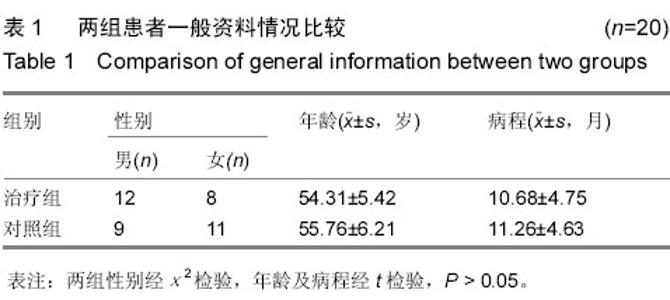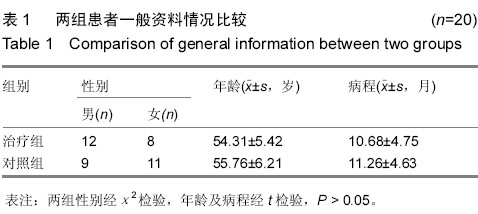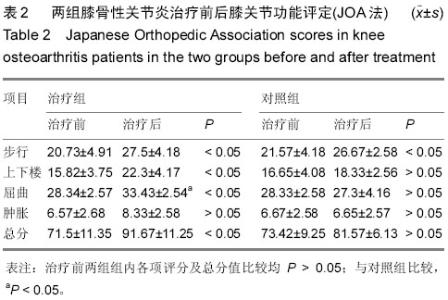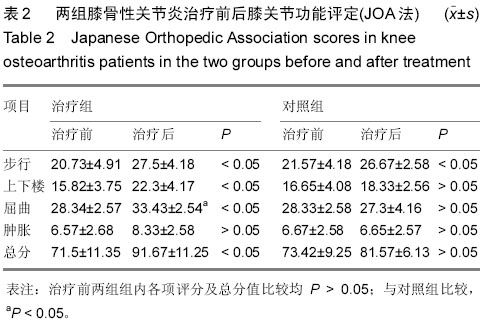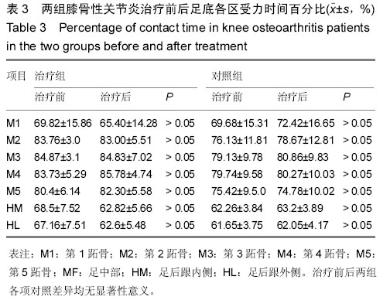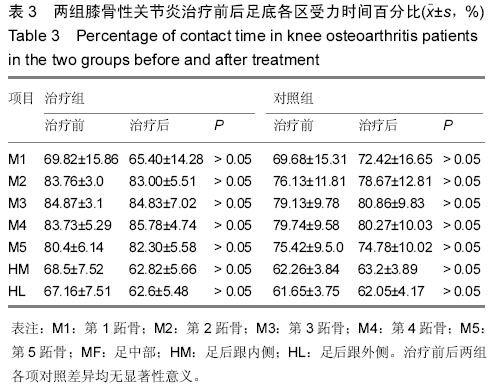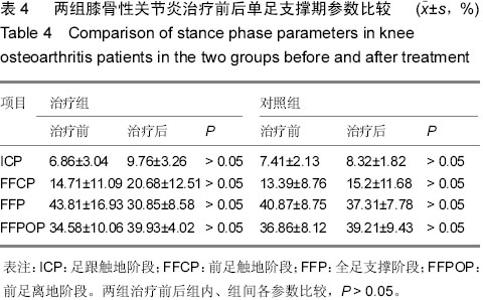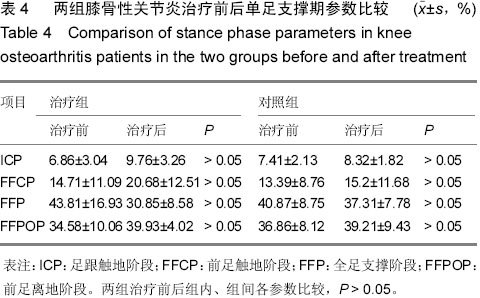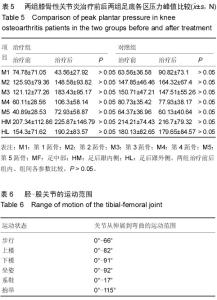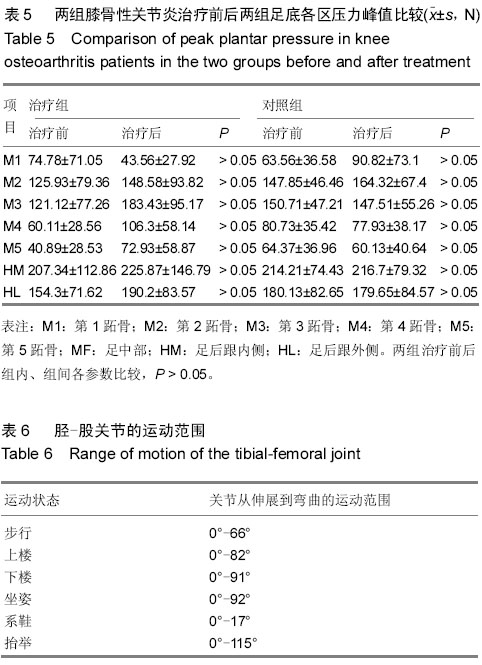| [1] 谢利民.骨关节炎诊断与治疗[M],北京:人民卫生出版社,2008: 90-92.
[2] Metcalfe AJ,Stewart C,Postans N,et al.The effect of osteoarthritis of the knee on the biomechanics of other joints in the lower limbs.Bone Joint J.2013;95-B(3):348-353.
[3] Horisberger M,Fortuna R,Valderrabano V,et al.Long-term repetitive mechanical loading of the knee joint by in vivo muscle stimulation accelerates cartilage degeneration and increases chondrocyte death in a rabbit model.Clin Biomech (Bristol,Avon).2013;28(5):536-543.
[4] McCarthy I,Hodgins D,Mor A,et al.Analysis of knee flexion characteristics and how they alter with the onset of knee osteoarthritis:a case control study.BMC Musculoskelet Disord. 2013;21(14):169.
[5] Kumar D,Manal KT,Rudolph KS.Knee joint loading during gait in healthy controls and individuals with knee osteoarthritis. Osteoarthritis Cartilage.2012;21(2):298-305.
[6] Bechard DJ,Birmingham TB,Zecevic AA,et al.The effect of walking poles on the knee adduction moment in patients with varus gonarthrosis.Osteoarthritis Cartilage. 2013;20(12): 1500-1506.
[7] Hayami T,Pickarski M,Zhuo Y,et al.Characterization of articular cartilage and subchondral bone changes in the rat anterior cruciate ligament transection and meniscectomized models of osteoarthritis.Bone.2006;38(2):234-243.
[8] 顾明士,张申岳,王萍,等.中老年人膝骨关节炎患病趋势十年前后对照分析[J].上海医药,2013,34(4):57-59.
[9] Roddy E,Zhang W,Doherty M,et al.Evidence-based recommendations for the role of exercise in the management of osteoarthritis of the hip or knee-the MOVE consensus.Rheumatology(Oxford).2005;44(1):67-73.
[10] Deyle GD,Henderson NE,Matekel RL,et al.Effects of a manual physical therapy and exercise in osteoarthritis of the knee:a randomized controlled trial.Ann Intern Med.2000; 132:173-181.
[11] 李萍美.膝关节骨关节炎三维步态分析研究及其在运动医学中的应用[J].中国运动医学杂志,2009,28(2):226-228.
[12] 刘宇恒,唐占英,钱雪华,等.步态分析在膝关节骨性关节炎康复评估中的应用[J].中国中医骨伤科杂志,2012,20(1):62-64.
[13] 程晏,王予彬.膝关节骨性关节炎步态分析的研究进展[J].中国康复医学杂志,2013,28(7):676:680.
[14] 李伟,汪宗保,李国平,等.膝关节骨性关节炎患者步态运动学参数的研究[J].中国康复医学杂志,2008,23(1):11-13.
[15] Farrokhi S, Tashman S, Gil AB,et al.Are the kinematics of the knee joint altered during the loading response phase of gait in individuals with coucurrent knee osteoarthritis and complaints of joint instability?A dynamic stereo X-ray study.Clin Biomech (Bristol,Avon).2012;13(4):384-389.
[16] Cecchi F,Mannoni A,Benvenuti E,et al.Epidemiology of hip and knee pain in a representative cohort of Italian persons aged 65 and older:the In CHIAN TI Study.Osteoarth Cartilage. 2008;16(9):1039-1046.
[17] Wang CH,Li F,Zhang R,et al.Application study of gait analysis on different syndrome types based on musculature zones of the knee osteoarthritis.Zhong guo Zhen Jiu.2010;30(3): 183-187.
[18] Forouuhi N,Smith R,Lange A,et al.Lower limb muscle strengthening does not change frontal plane moments in women with knee osteoarthritis:A randomized controlled trial.Clint Biotech.2011;26(2):167-174.
[19] Poole AR,Nelson F,Dahlberg L,et al.Proteodysis of the collagen fibril in osteoarthritis.Biochem Soc Symp.2003;70: 115-123.
[20] Haq I,Murphy E,Dacre J,et al.Osteoarthritis.Postgrad Med J.2003;79:377-383. |
